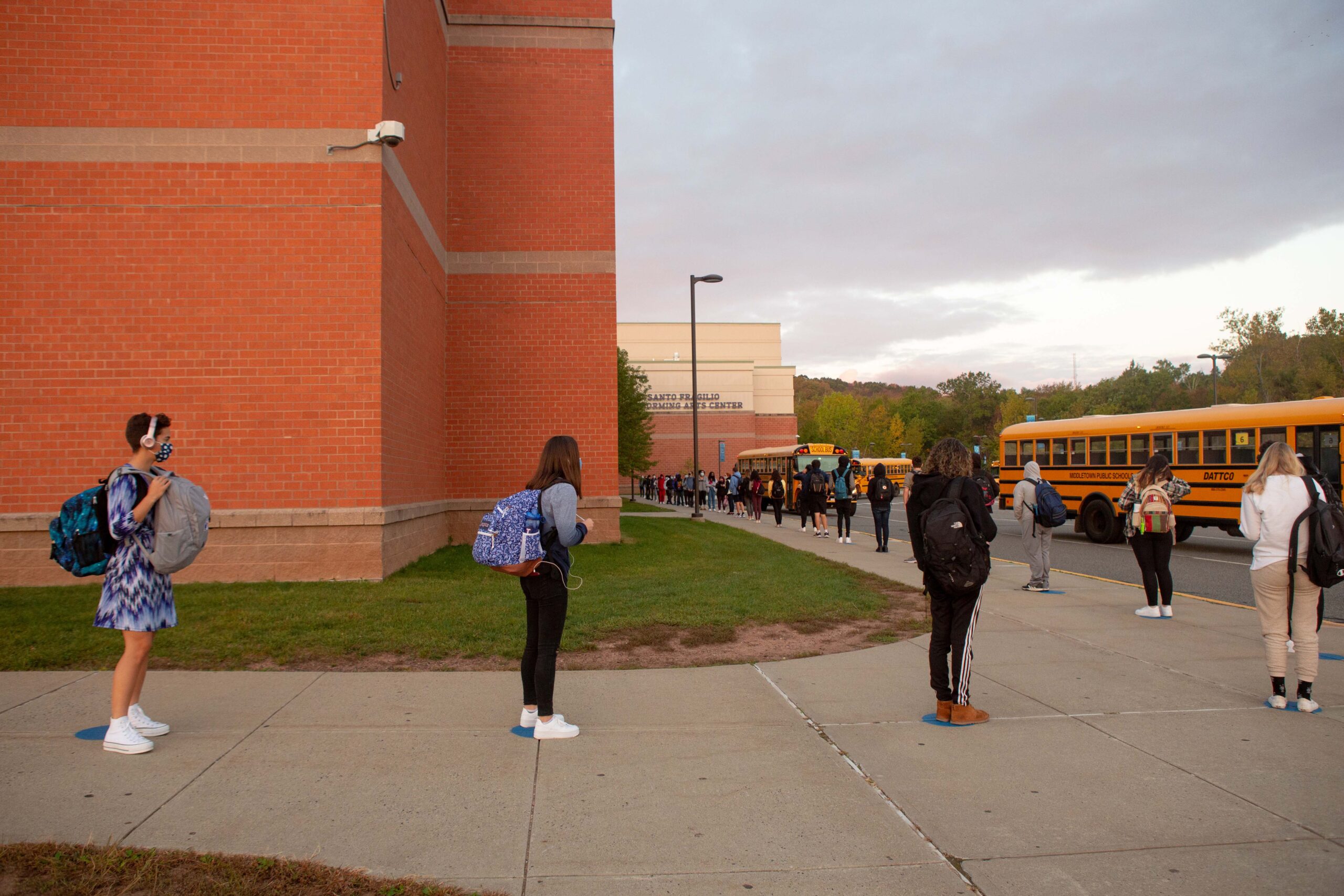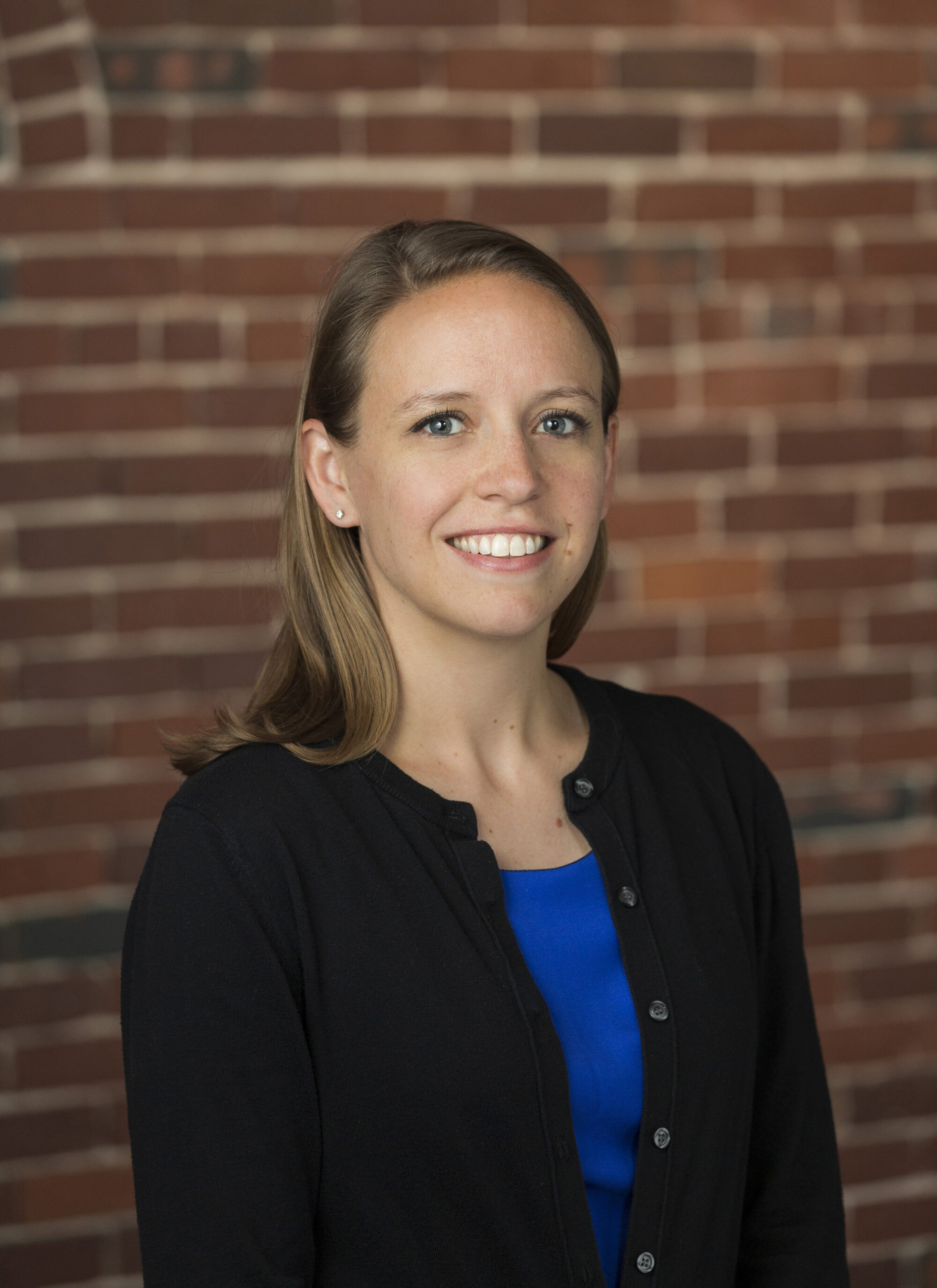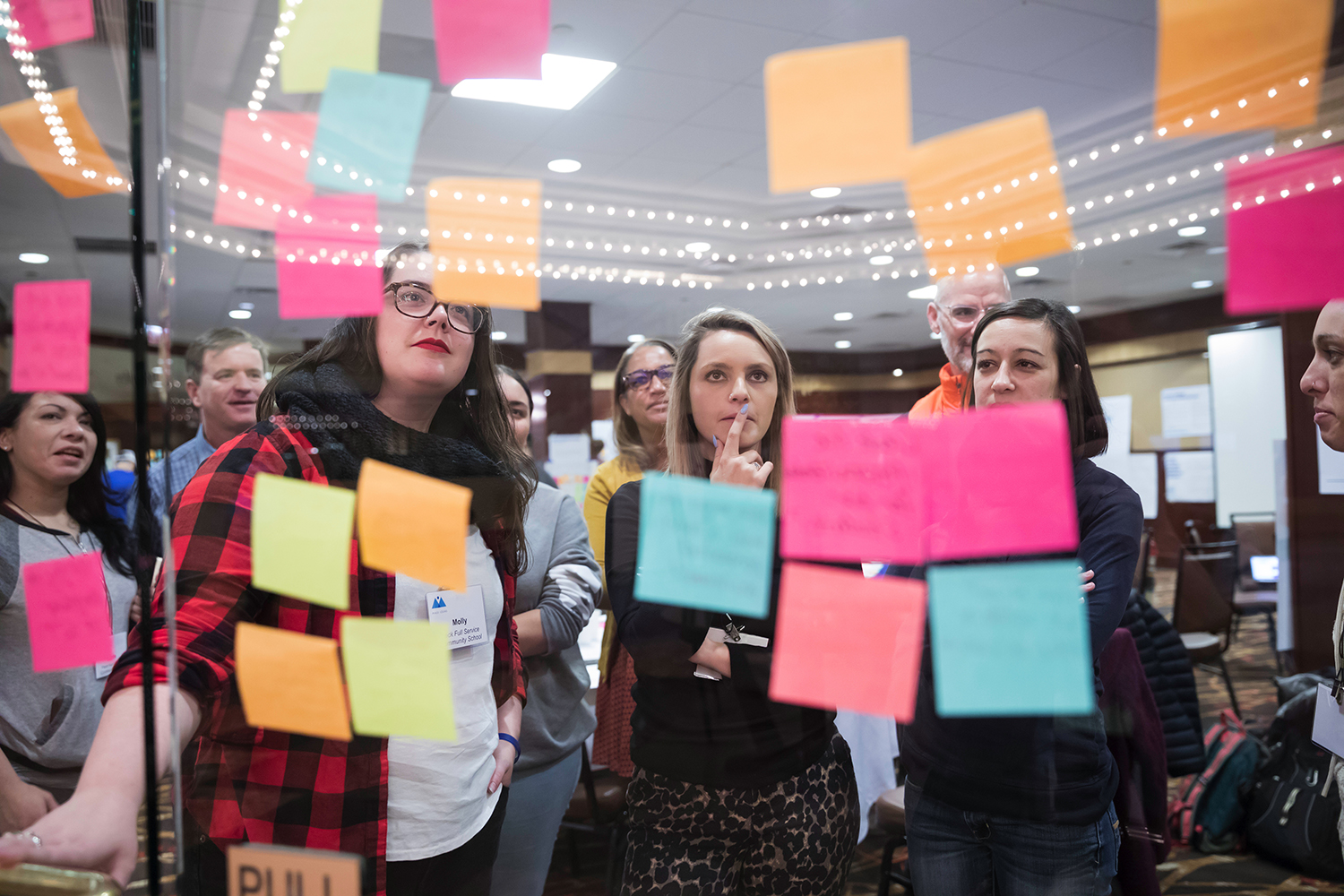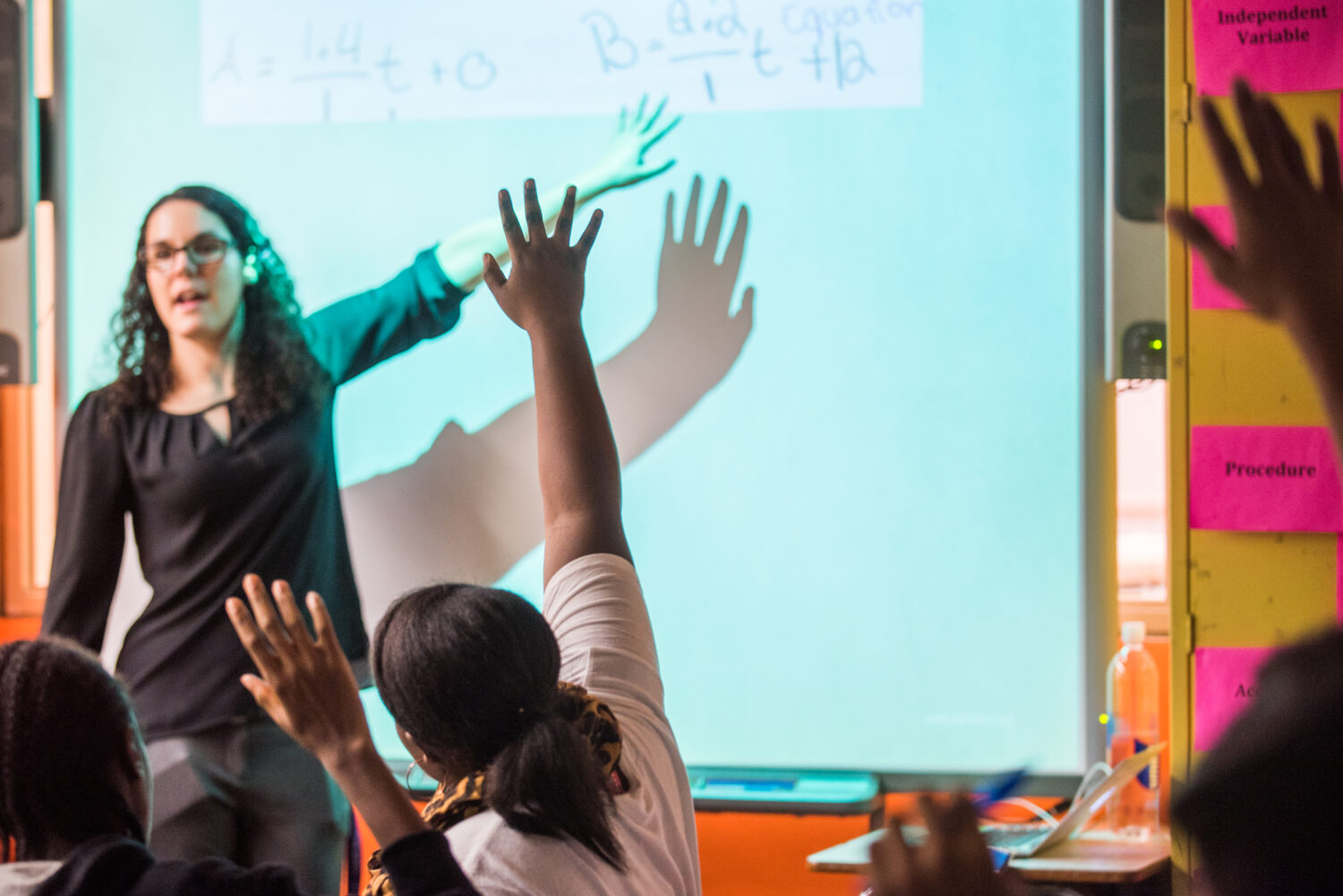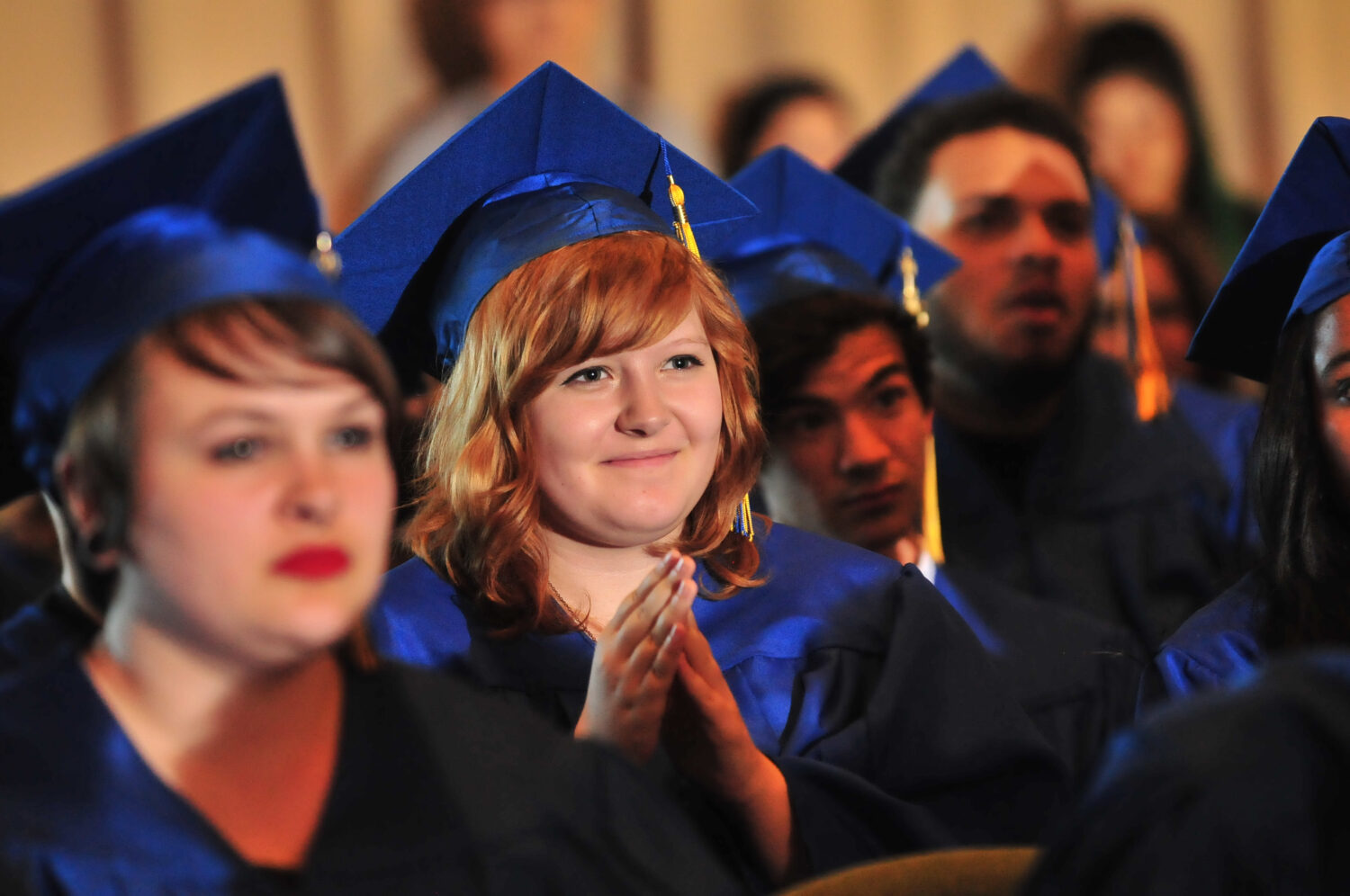Students know best whether schools are meeting their needs and preparing them for what comes next in their lives. It is always important to ask them, especially during this moment of massive disruption to their learning.
At the Barr Foundation, we have been working with high schools across New England for many years. Most of our partner schools are traditional district schools and school systems, though Barr supports other types of public schools, such as charter, pilot and innovation schools as well. Even before the pandemic, we knew there was a fair degree of dissatisfaction with high school. To better understand the depth and extent of concerns we were hearing anecdotally from students and educators at our partner schools, we commissioned Gallup to conduct a poll. From November to December 2020, Gallup surveyed 1,000 Massachusetts high school students, ages 14 to 18, about what they were experiencing. Respondents included students of various races, zip codes and backgrounds, with 80 percent attending district public schools, 16 percent private schools and 4 percent charter public schools.
Across these student groups and school types, what we heard was concerning. Many high school students report feeling behind academically and disengaged from teachers, peers and coursework. Growing numbers say they do not feel prepared for life after graduation.
These feelings did not start with the pandemic, and these student perspectives are full of important lessons we would do well to heed as more schools return to in-person learning, and as all schools consider ways they can and must change to better meet the needs of all their students long term.
Comparing results of students learning entirely remotely, in person or in a hybrid model, Gallup’s survey found that those learning entirely remotely report feeling the most behind and most dissatisfied. Remote-learning students report they are struggling to keep up, with 36 percent saying they are falling behind in their learning this year. Among low-income students learning remotely, that figure climbs to 46 percent. The situation is only slightly better for students in hybrid arrangements, with 31 percent saying they are falling behind. For comparison, consider that only 8 percent of students learning full-time in-person this year say they are falling behind. Thirty-four percent of students in full-time remote learning are very or somewhat dissatisfied with school this year, compared with only 10 percent of those learning in person.
The survey also revealed stark inequities based on race and income. Only 6 percent of students in Massachusetts reported learning full-time in-person (69 percent attending private schools). The rest were attending fully remote, or a hybrid of in-person and remote. Students identifying as Black and Hispanic in the survey were the most likely to be learning entirely remotely. Thirty-one percent of white students are learning remotely full time, compared with 58 percent of black students and 55 percent of Hispanic students. Students from the lowest-income households, making under $60,000, are far more likely to be learning remotely full-time (57 percent) than those in middle-income (37 percent) and upper-income households (31 percent).

And yet, those students most likely to be learning remotely full-time are the same students who are least likely to have reliable internet: 77 percent of white students reported having access to reliable internet, compared with 59 percent of Black students and 58 percent of Hispanic students. There was also a gap among income levels, with 25 percent fewer students living in households with incomes under $60,000 saying they have high-speed internet (59 percent) than those living in households making more than $120,000 per year (84 percent).
The survey also found that high school students are deeply unsatisfied with their school experience this year. But they were not very satisfied before the pandemic, either. Today, only 18 percent feel they learn a lot every day, but only 31 percent felt that way last year. Today, only 17 percent are excited about what they are learning in school, but only 23 percent felt that way last year.

Perhaps even more troubling – large majorities of high school students say they do not feel prepared for life after high school. Only 27 percent of high school students feel the schoolwork they get is preparing them to succeed. Among 11th- and 12th-grade students learning remotely full-time this year, 46 percent report that their school is not doing enough to prepare them to succeed after graduation.
High school is failing too many students. COVID-19 has added new challenges and exposed deep gaps that were there well before the pandemic upended our world. These students have made that clear, and we have a responsibility to listen and do something about it.
It is our sincere hope that the lessons learned during this catastrophic year lay the groundwork for significant change – to bring students not only back into their school buildings, but forward into new, more rigorous, engaging, relevant, personalized, student-centered high school experiences.
This piece originally appeared in The 74: “Analysis: What Do Students Have to Say about Learning and School During COVID-19? New Poll of Teenagers Has Some Answers”
